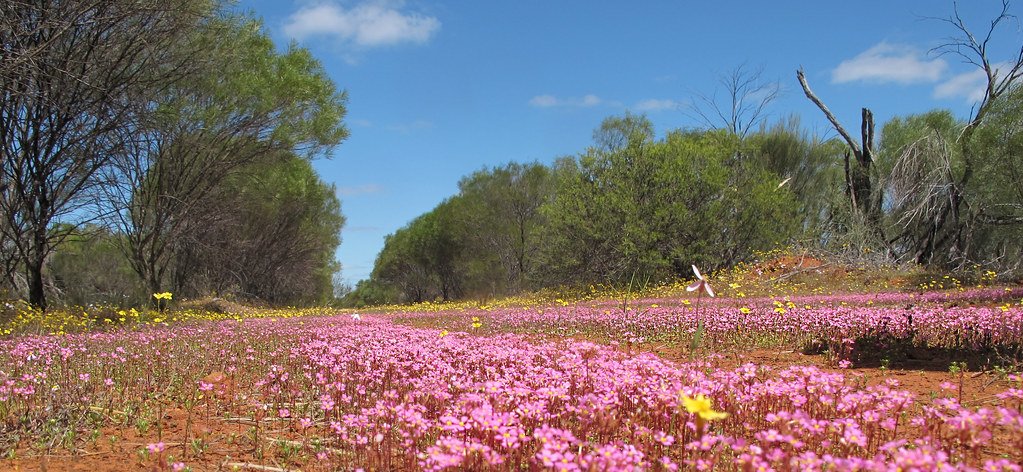Picture this: you’re standing in what seems like an endless stretch of barren desert, when suddenly the landscape around you transforms into something that looks like it belongs on another planet. The sand shifts from its usual golden brown to vibrant shades of pink, creating a spectacle so breathtaking that it feels almost magical. This isn’t science fiction or some elaborate art installation – it’s nature putting on one of its most stunning shows, and it happens in some of the world’s most unexpected places.
The Atacama Desert’s Hidden Secret
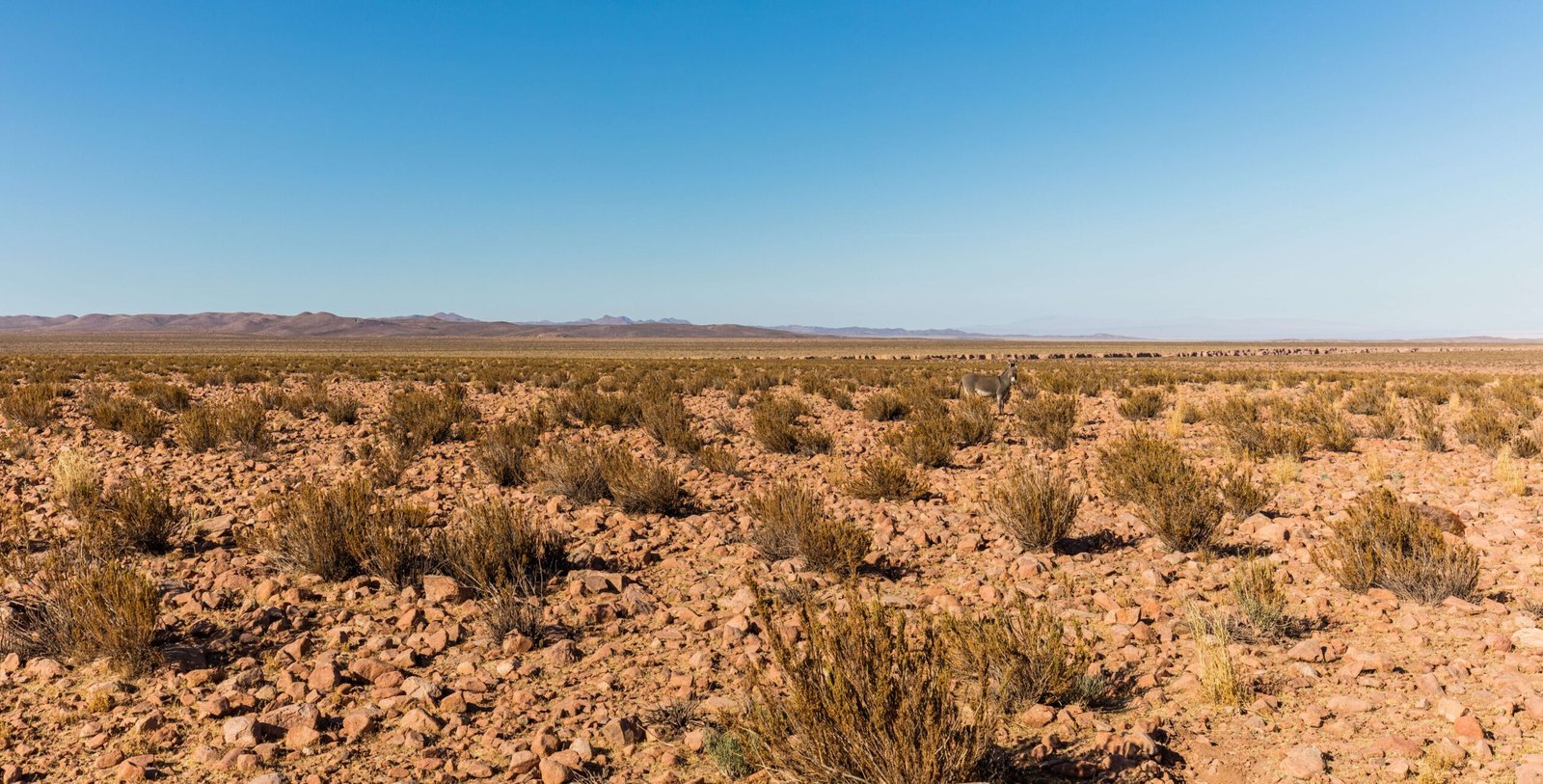
Deep in Chile’s Atacama Desert, often called the driest place on Earth, lies one of nature’s most spectacular secrets. Every few years, when the stars align perfectly and rainfall patterns shift, this seemingly lifeless landscape bursts into a carpet of pink flowers. The transformation is so dramatic that visitors often can’t believe their eyes. Scientists have documented this phenomenon for decades, yet it continues to surprise researchers with its timing and intensity. What makes this even more remarkable is that the Atacama typically receives less than one millimeter of rain per year, making any blooming event extraordinary.
When Desert Dreams Come True

The timing of this pink spectacle isn’t random – it follows a precise natural schedule that depends on specific weather conditions. El Niño events, which bring unusual rainfall patterns to South America, create the perfect storm for this desert miracle. When winter rains arrive between June and September, followed by warm spring temperatures, dormant seeds that have been waiting underground for years suddenly spring to life. The whole process is like nature’s own alarm clock, set to go off only when conditions are absolutely perfect. This can happen anywhere from every two to seven years, making each occurrence feel like winning the lottery.
The Science Behind the Pink Magic

What creates this stunning pink display isn’t magic – it’s the incredible survival strategy of desert plants called pata de guanaco. These hardy flowers have evolved to take advantage of rare rainfall events by producing seeds that can remain dormant for years in the harsh desert soil. When moisture finally arrives, millions of these seeds germinate simultaneously, creating a synchronized blooming event that covers thousands of square kilometers. The pink petals aren’t just beautiful – they’re specifically designed to attract the few pollinators that exist in this extreme environment. Think of it like a massive advertisement campaign that nature only runs when it knows customers will actually show up.
More Than Just Pretty Flowers
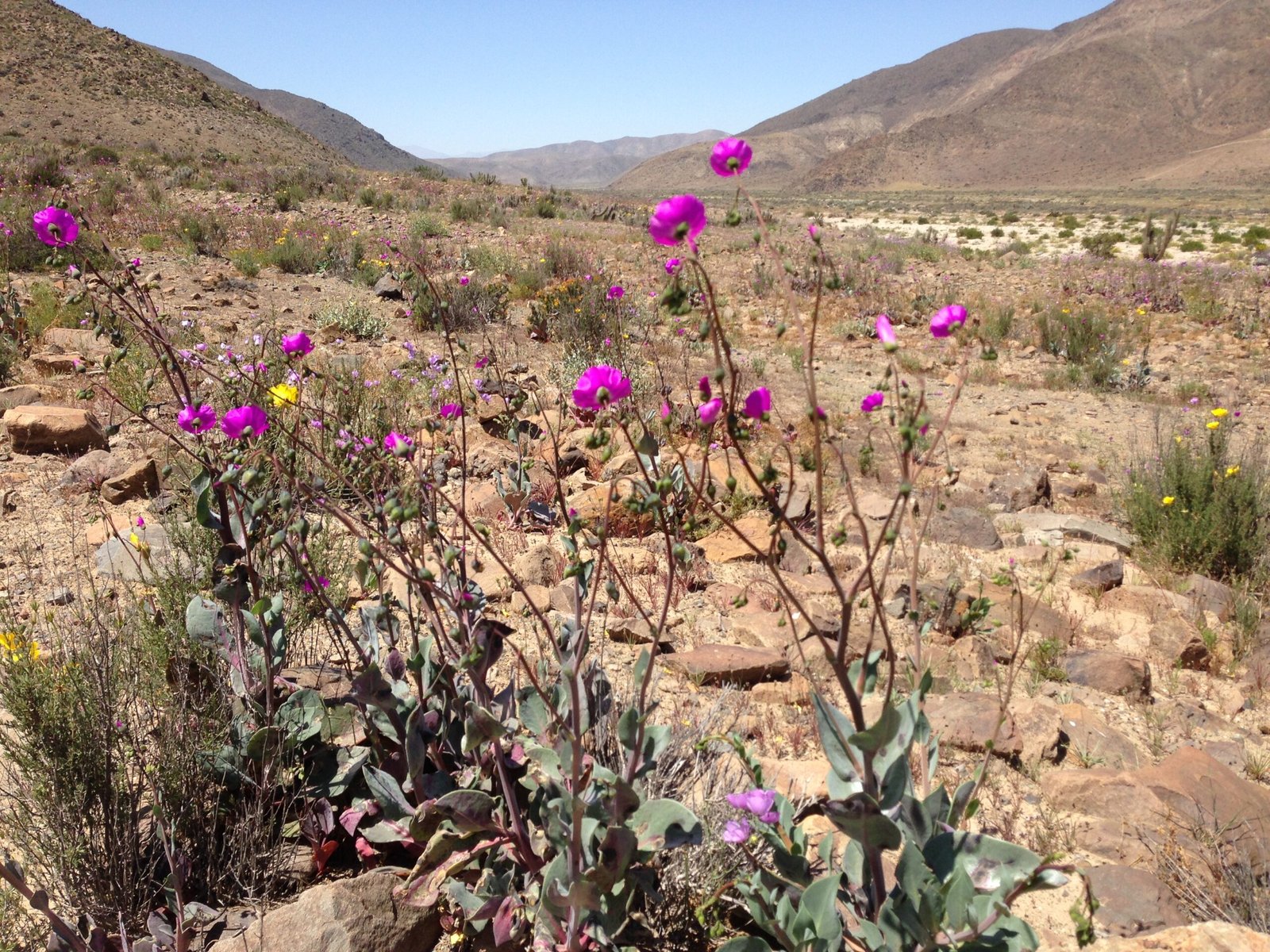
The desert’s pink transformation involves over 200 different plant species, but the pata de guanaco steals the show with its vibrant magenta blooms. These flowers aren’t alone in their desert dance – yellow and white wildflowers join the party, creating a rainbow effect across the landscape. Scientists have identified species that exist nowhere else on Earth, making this blooming event crucial for biodiversity conservation. The phenomenon also includes cacti species that produce spectacular blooms, adding vertical elements to the horizontal carpet of flowers. It’s like nature decided to throw the ultimate block party, inviting every desert plant to show off their best colors.
Australia’s Surprising Pink Moments
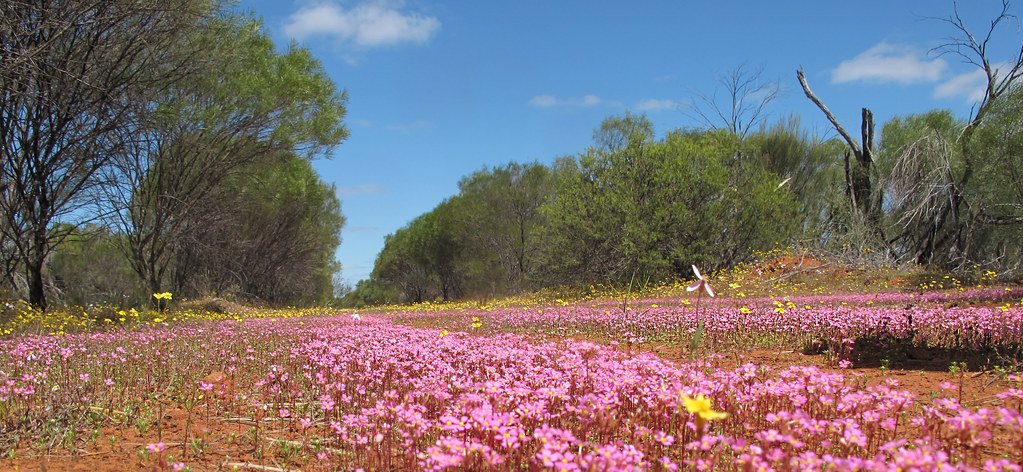
The Atacama isn’t the only desert that puts on this pink show – Australia’s interior deserts have their own version of this spectacular event. When rare rainfall hits the typically arid regions of Western Australia, pink everlasting flowers carpet the red earth in displays that can be seen from space. The Sturt’s desert pea, Australia’s floral emblem, joins this celebration with its distinctive red and black blooms that peek through the pink carpet. Aboriginal communities have traditional stories about these blooming events, viewing them as signs of renewal and abundance. These Australian displays often last longer than their South American counterparts, sometimes persisting for several months if conditions remain favorable.
The Dormant Seed Strategy
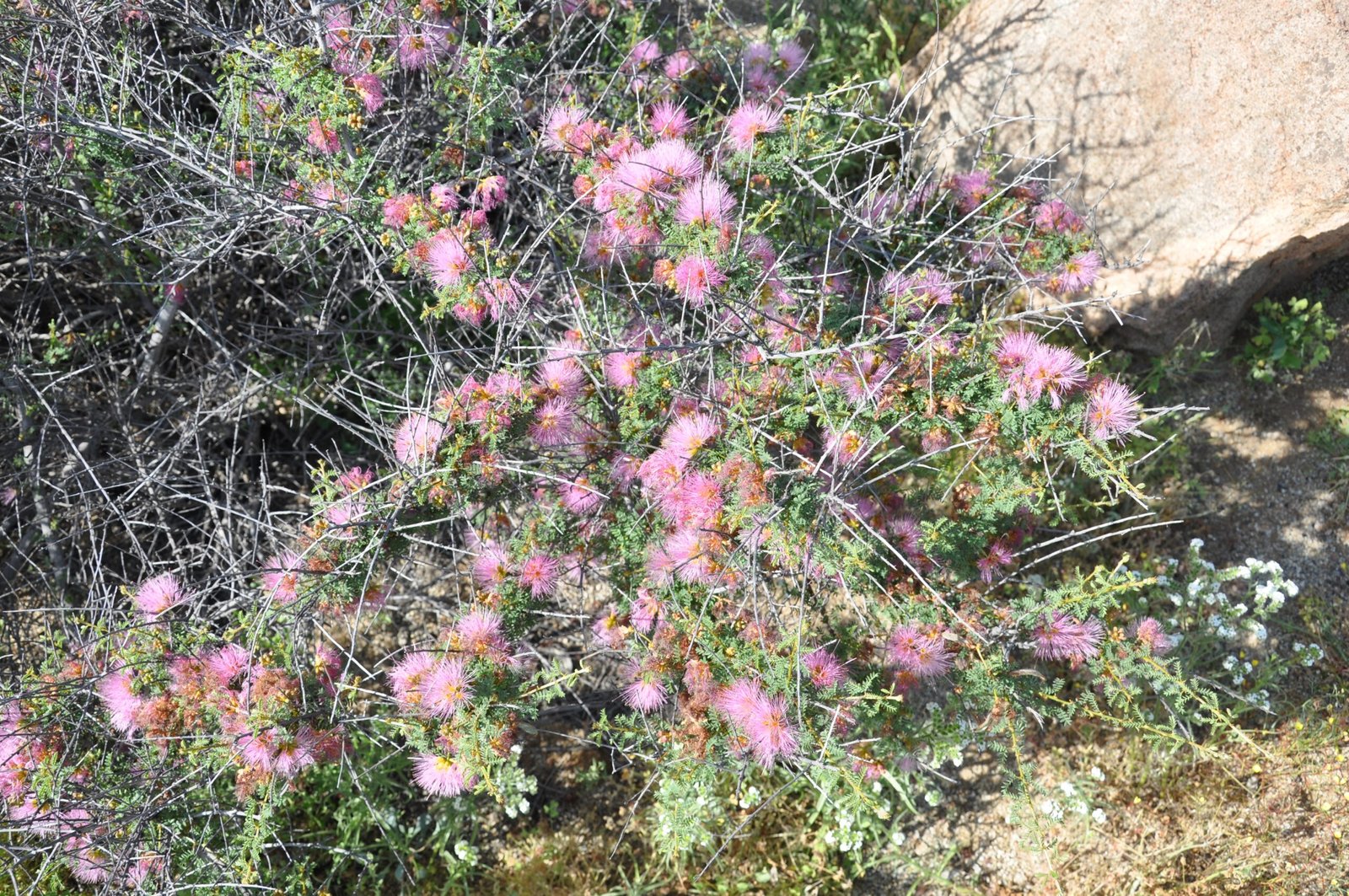
The secret to this desert magic lies in what scientists call “seed banking” – a survival strategy that’s like nature’s own time capsule. Desert plants produce seeds with incredibly tough outer coats that can withstand extreme temperatures, UV radiation, and decades without water. These seeds contain everything needed for rapid growth, packed into tiny packages that wait patiently for their moment to shine. When the perfect conditions finally arrive, the seeds can germinate and bloom within just a few weeks, racing against time to reproduce before the desert returns to its harsh normal state. It’s similar to having a emergency fund that you only touch when absolutely necessary, except these plants are saving up energy and resources for the opportunity of a lifetime.
Climate Change and Future Blooms

Unfortunately, climate change is already affecting these rare blooming events in ways that scientists are just beginning to understand. Shifting rainfall patterns and increasing temperatures could disrupt the delicate timing that makes these displays possible. Some researchers worry that future blooms might become even rarer, or that the timing could shift so dramatically that the traditional pollinator relationships break down. However, other studies suggest that some regions might actually see more frequent blooming events as weather patterns become more extreme. The uncertainty adds urgency to current research efforts, as scientists race to document and understand these phenomena before they potentially change forever.
Wildlife’s Pink Paradise
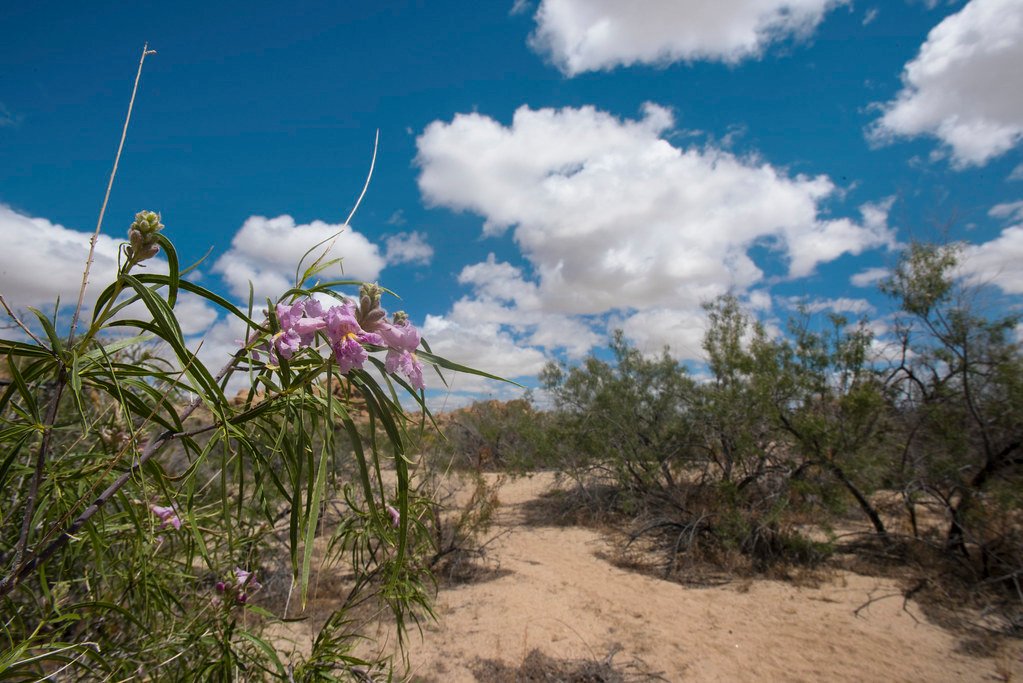
When the desert turns pink, it’s not just a visual feast for humans – it becomes a bustling ecosystem that supports incredible wildlife diversity. Hummingbirds migrate hundreds of miles to take advantage of the sudden nectar bonanza, their tiny bodies perfectly adapted to hover among the delicate blooms. Lizards and small mammals emerge from their hiding places to feast on the abundance of insects that the flowers attract. Even typically nocturnal animals venture out during the day, drawn by the unusual activity and food opportunities. The blooming period essentially transforms the desert from a survival challenge into an all-you-can-eat buffet, supporting wildlife populations that will rely on these resources throughout the following dry years.
Photography’s Greatest Challenge
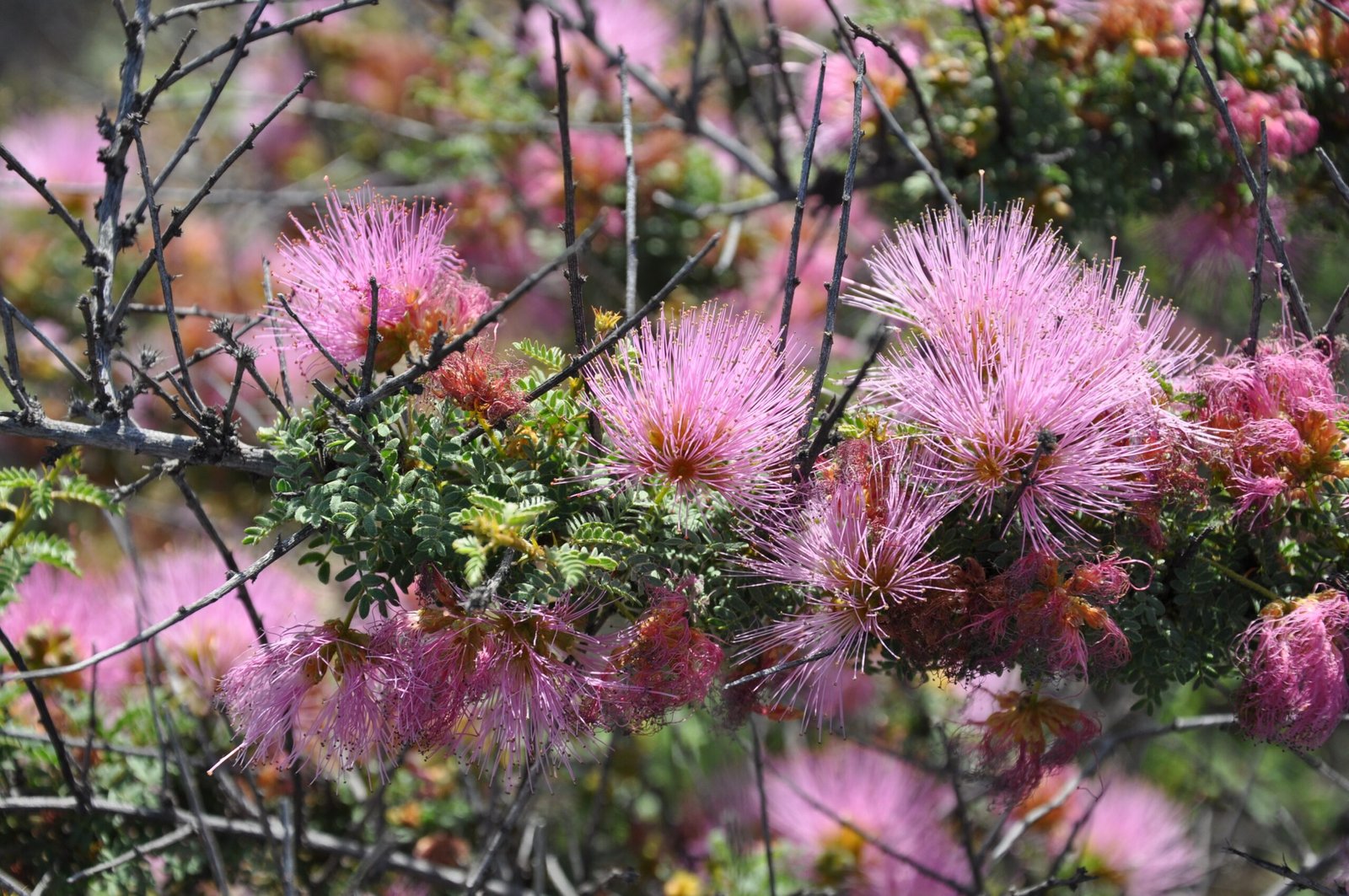
Capturing the desert’s pink transformation has become something of a holy grail for landscape photographers around the world. The unpredictable timing means that photographers often have to drop everything and travel thousands of miles on short notice, hoping to arrive before the blooms fade. The harsh desert conditions add another layer of complexity – extreme temperatures, sandstorms, and remote locations make this one of the most challenging photographic subjects on Earth. Many photographers spend years planning and preparing for these events, only to miss them due to timing or weather conditions. Those who do succeed in capturing the phenomenon often describe it as a career-defining moment, producing images that seem almost too beautiful to be real.
The Economic Impact of Pink
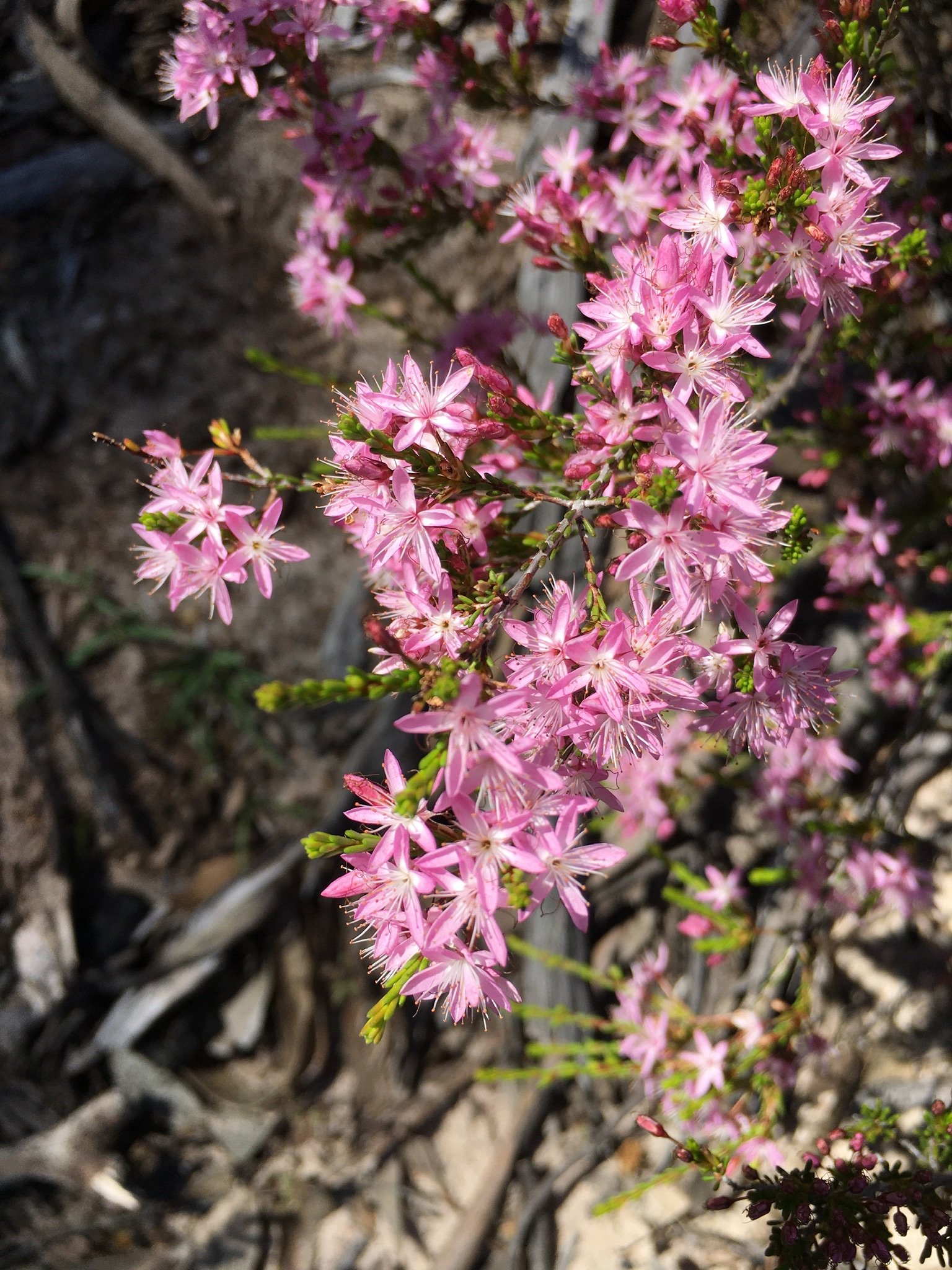
These rare blooming events have created unexpected economic opportunities for local communities in both Chile and Australia. Tourism surges during bloom years, with visitors traveling from around the globe to witness the spectacle firsthand. Local tour operators, hotels, and restaurants often see their busiest seasons during these unpredictable events, though the irregular timing makes planning challenging. Some communities have developed specialized “bloom alert” systems to notify tourists when conditions look promising for a flowering event. The economic impact extends beyond tourism – scientists, researchers, and film crews also contribute to local economies during these rare windows. It’s like having a lottery ticket that occasionally pays out in the form of a massive tourism boost.
Indigenous Perspectives on the Pink Desert
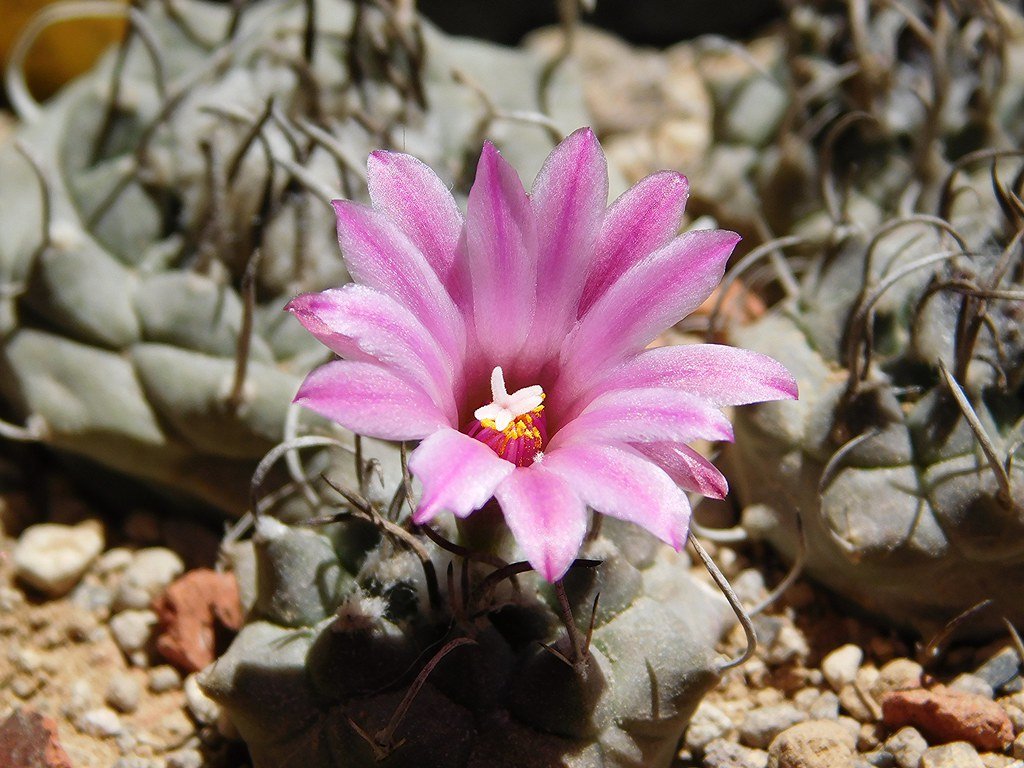
Indigenous communities have been witnessing and celebrating these desert transformations for thousands of years, long before scientists began studying the phenomenon. Traditional ecological knowledge from groups like the Atacameño people includes detailed observations about the timing and significance of these blooming events. Many indigenous cultures view the pink desert as a spiritual renewal, a time when the earth demonstrates its hidden power and resilience. Traditional stories often connect these blooms to larger cycles of abundance and scarcity, teaching important lessons about patience and adaptation. Modern research is increasingly recognizing the value of this traditional knowledge, finding that indigenous observations often predict blooming events more accurately than meteorological models.
Conservation Challenges in Pink Paradise

Protecting areas that experience these rare blooming events presents unique conservation challenges that traditional approaches weren’t designed to handle. The irregular timing means that these ecosystems can appear lifeless and worthless for years at a time, making them vulnerable to development pressures. Mining companies are particularly interested in desert regions, often viewing the apparent lack of biological activity as an indication that environmental impact would be minimal. Conservation organizations are working to establish protected areas that recognize the value of these dormant ecosystems, even during their non-blooming years. The challenge is like trying to protect a theater when no show is playing – you have to convince people that the empty stage is still valuable because of what it can become.
Predicting the Next Pink Show
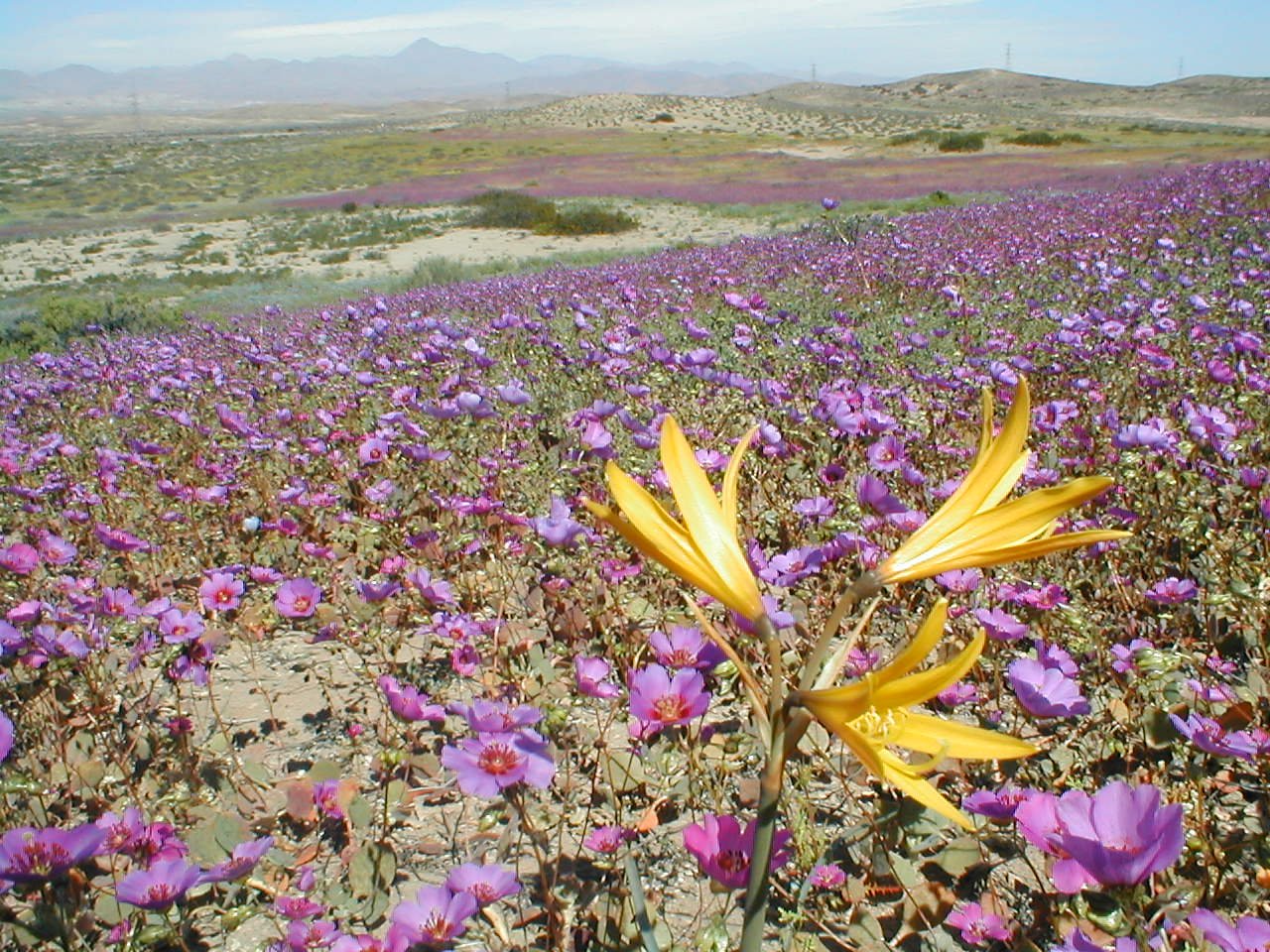
Scientists are developing increasingly sophisticated models to predict when these desert blooming events might occur, though the complexity of the systems involved makes accurate forecasting extremely difficult. Satellite imagery now allows researchers to monitor soil moisture levels and temperature patterns across vast desert regions in real-time. Weather prediction models can identify when El Niño events or unusual rainfall patterns might trigger blooming conditions, though the exact timing often comes down to a matter of weeks or even days. Some research teams have developed early warning systems that alert scientists and photographers when conditions look promising for a bloom event. Despite these advances, the desert’s pink transformation continues to surprise experts, maintaining an element of mystery that adds to its appeal.
The Role of Pollinators in the Pink Desert
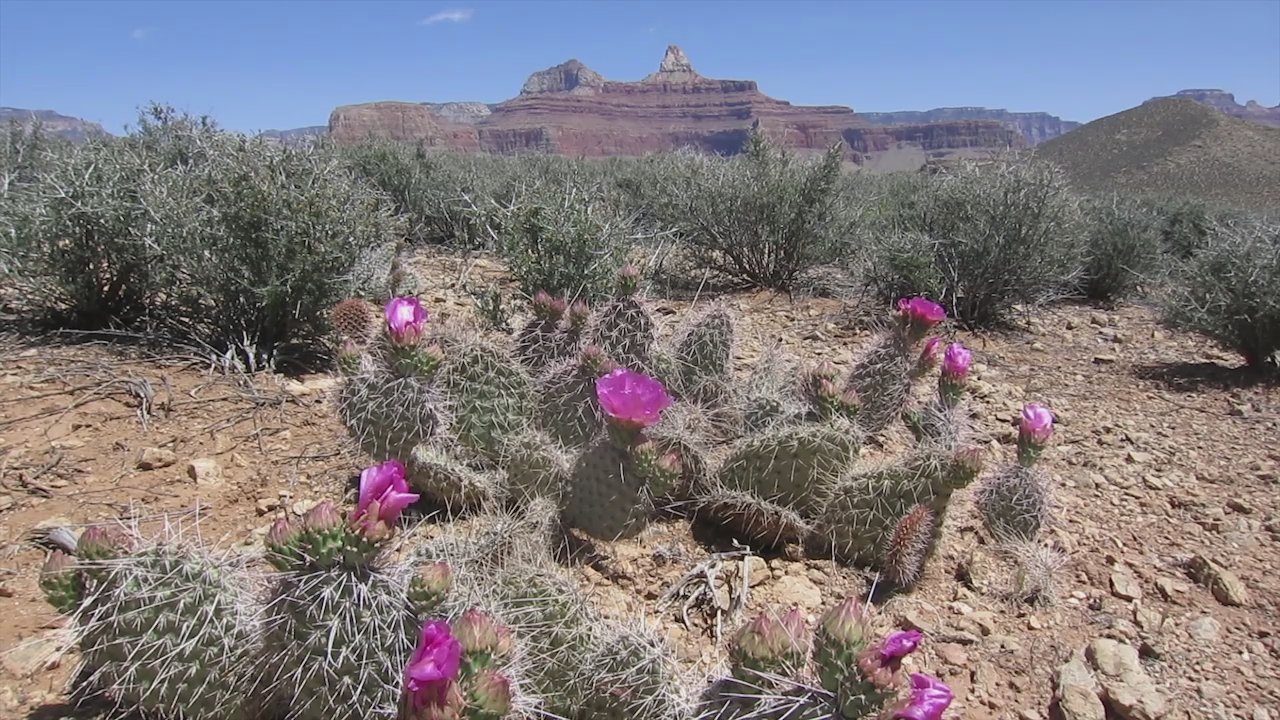
The spectacular pink blooms wouldn’t be possible without the equally remarkable pollinators that have evolved alongside these desert plants. Specialized bees, moths, and butterflies have adapted to take advantage of these brief windows of abundance, often emerging from dormancy at exactly the right moment. Some pollinator species exist in such small numbers that they’re only noticeable during major blooming events, spending most of their time as eggs or larvae waiting for the next flowering cycle. The timing coordination between plants and pollinators is so precise that it rivals the most sophisticated scheduling systems humans have ever created. When everything comes together perfectly, it creates a biological symphony where every participant knows exactly when to make their entrance.
Global Warming’s Impact on Desert Colors
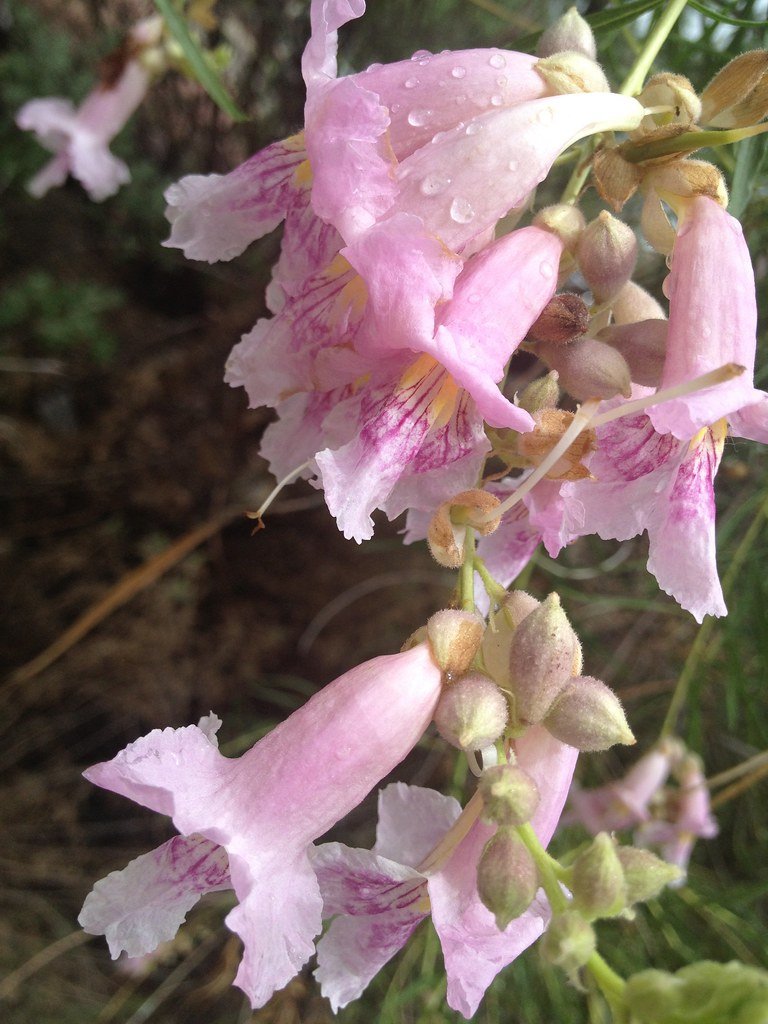
Rising global temperatures are already beginning to alter the delicate balance that creates these pink desert spectacles, though the full impact won’t be understood for decades. Higher baseline temperatures mean that plants need more water to survive the germination and blooming process, potentially making successful blooming events rarer. Changes in seasonal temperature patterns could also disrupt the timing that triggers seed germination, causing plants and pollinators to fall out of sync. Some regions might see more intense blooming events as weather patterns become more extreme, while others could lose the phenomenon entirely. Researchers are racing to document current patterns before they change, creating a baseline for understanding future shifts in these remarkable natural displays.
Desert Blooms Around the World
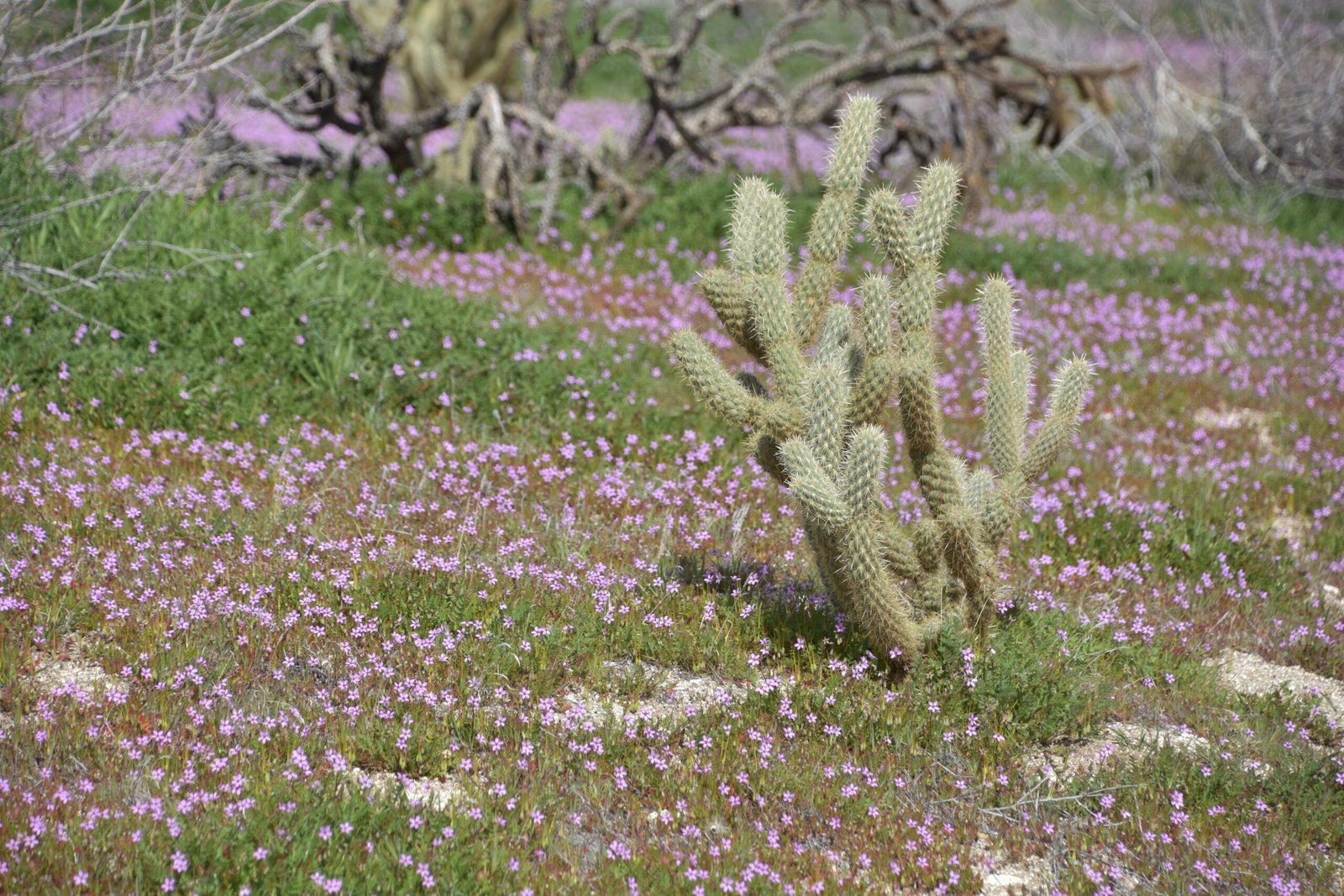
While Chile’s Atacama and Australia’s interior deserts are the most famous for their pink transformations, similar phenomena occur in desert regions across the globe. California’s Mojave Desert occasionally erupts in colorful wildflower displays, though these tend to feature more yellow and orange blooms than the signature pink of South America. Parts of the Arabian Peninsula experience their own version of desert blooming, with specialized flora adapted to the region’s unique climate patterns. Even the Sahara Desert has areas that can support brief blooming events under the right conditions, though these are extremely rare and poorly documented. Each region’s blooming plants have evolved unique strategies for surviving in their specific desert environment, creating a diverse global catalog of desert survival techniques.
The Future of Pink Deserts

Looking ahead, the future of these spectacular pink desert transformations depends largely on our ability to address climate change and protect these unique ecosystems. Conservation efforts are focusing on establishing protected areas that recognize the value of these intermittent phenomena, even during their dormant phases. Scientists are also working to create seed banks that could help restore desert blooming ecosystems if they’re damaged or destroyed. Some researchers are exploring whether it might be possible to artificially trigger blooming events in controlled areas, though this raises complex questions about interfering with natural processes. The pink desert reminds us that nature’s most spectacular shows often happen on schedules we don’t control, teaching us patience while inspiring us to protect these incredible natural phenomena for future generations.
Why the Pink Desert Matters
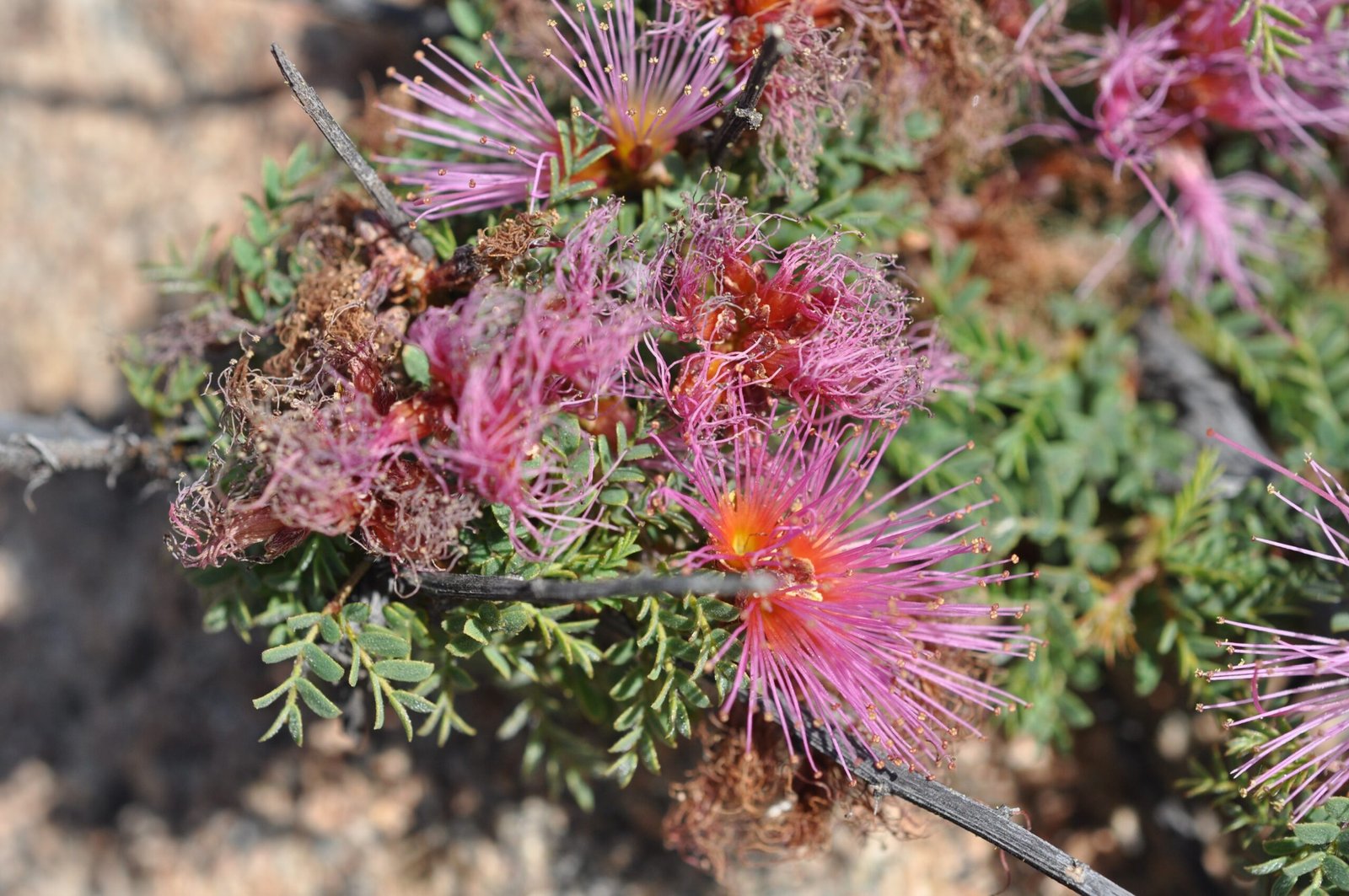
These rare desert transformations represent something much more significant than just a beautiful natural spectacle – they’re a testament to life’s incredible ability to persist and thrive in the most challenging environments. The pink blooms remind us that even the most barren-looking places can harbor extraordinary diversity and beauty, waiting for the right moment to reveal themselves. These events also demonstrate the interconnectedness of global climate systems, showing how weather patterns thousands of miles away can trigger miraculous transformations in seemingly lifeless landscapes. For many people, witnessing a pink desert bloom becomes a life-changing experience that fundamentally alters their understanding of nature’s resilience and power.
The next time you look at a barren desert landscape, remember that beneath that seemingly lifeless surface, millions of seeds might be waiting for their moment to paint the world pink. These rare transformations teach us that nature’s most spectacular shows are worth waiting for, even if we never know exactly when they’ll happen. What other hidden wonders might be sleeping beneath our feet, just waiting for the perfect moment to amaze us?

